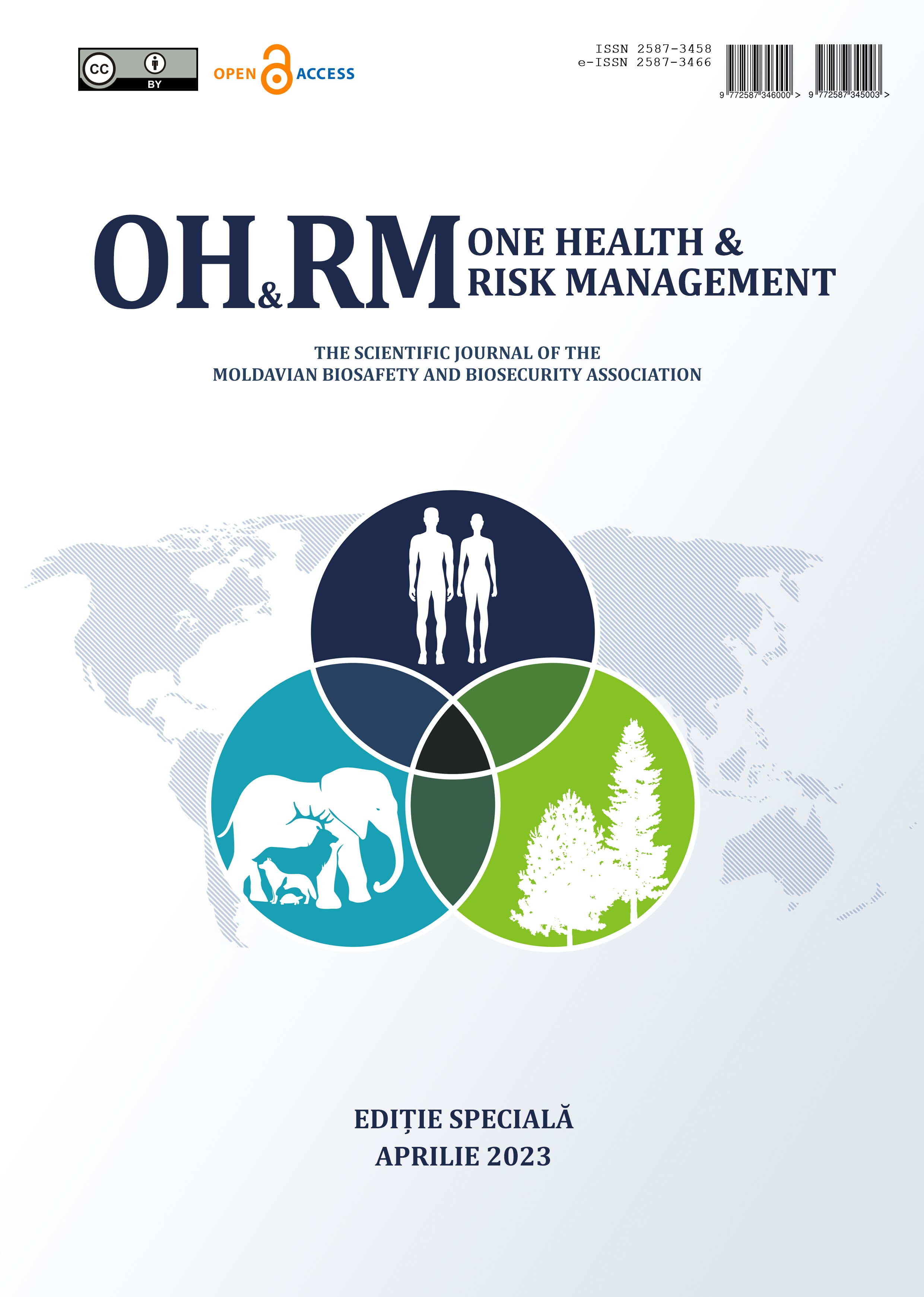Abstract
Introduction. Candida albicans is a common commensal fungus that colonizes the oropharyngeal cavity, gastrointestinal and vaginal tract, and healthy individuals’ skin. In 50% of the population, C. albicans is part of the normal flora of the microbiota. Although most infections occur in patients who are immunocompromised or debilitated in some other way, the organism most often responsible for disease, Candida albicans, expresses several virulence factors that contribute to pathogenesis.
Material and methods. The analysis of publications in PubMed was carried out regarding the theoretical aspects of the virulence factors of Candida albicans strains, by using the terms „Candida albicans”, „Virulence factors”, „Mechanisms of the pathogenicity”. From the total number of articles found (41), 23 synthesis articles reflecting the virulence factors of C. albicans strains were analysed.
Results. Candida participates actively in the pathophysiology of the occurrence and advance of infection, thanks to its virulence factors. One group of virulence factors causes colonization to take place, or the initiation of an infection, whilst the other group helps to spread the infection. Polymorphism implies the transition of C. albicans from a commensal form to a pathological one, which depends on changes in the environment in which it is located. Factors that contribute to the pathogenic potential of C. albicans are the expression of proteins important for adhesion and invasion. Adhesins of C. albicans recognize ligands such as proteins, fibrinogens, fibronectins and bind to them. Formation of biofilm is a property of C. albicans pathogenesis. Most infections caused by C. albicans are related to the creation of a biofilm on the surface of the host or on abiotic surfaces (implants), which leads to high morbidity and mortality. Thigmotropism of the hyphae of C. albicans is regulated by the extracellular intake of calcium through calcium channels. It is an important mechanism in the enhancement of the virulence of Candida spp. Among virulence factors of C. albicans is phenotype transition between white and opaque cells. Phenotype diversity provides a quick response to changes in the environment. It is extremely important for the life of many microbe species. Secretion of hydrolytic enzymes are present in C. albicans. Hydrolytic enzymes facilitate the commensal and pathogenic characteristics such as attachment to host tissue and cause the host cell membrane’s rupture. Because of these enzymes, invasion into the surfaces of mucous membrane and blood vessels is possible, and they also participate in avoiding the host’s immune response. The three main enzymes produced by C. albicans are secreted aspartyl protease, phospholipase, and hemolysin.
Conclusion. It is extremely important to know the factors and mechanisms of the pathogenicity of C. albicans precisely because of their wide range, from dimorphism, biofilm formation, thigmotropism, expression of adhesion proteins, and secretion of extracellular hydrolytic enzymes. As knowledge of all these factors increases, the possibility of prevention increases, as we work to prevent the occurrence of infections caused by C. albicans, and opportunities are created to develop new diagnostic and therapeutic possibilities.
|
 Views: 263|
|
Views: 263|
|
This work is licensed under a Creative Commons Attribution 4.0 International License.

